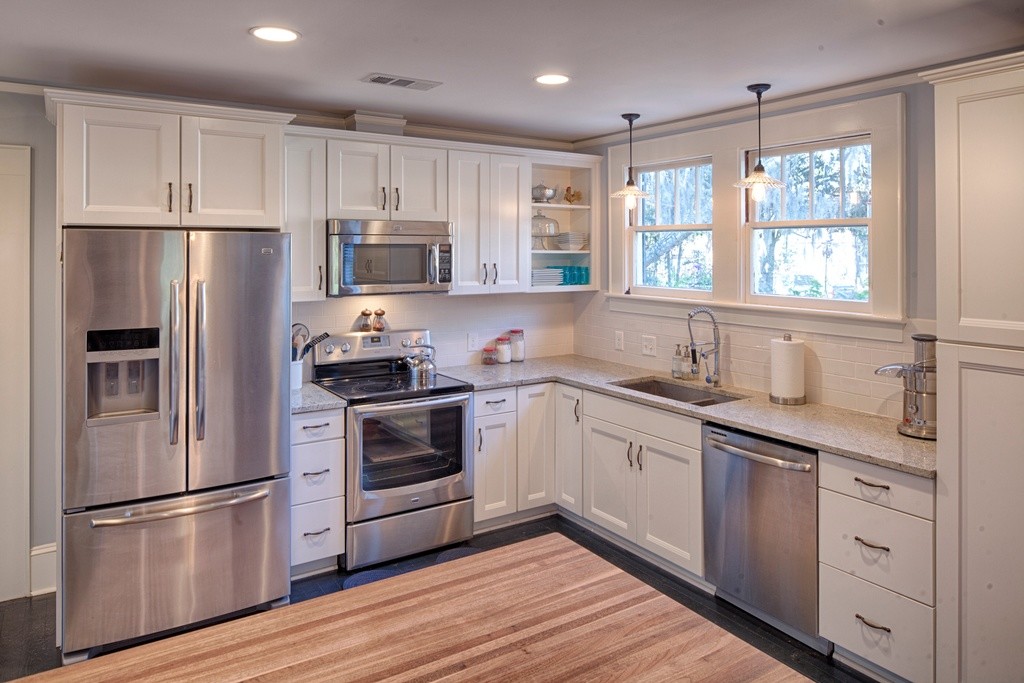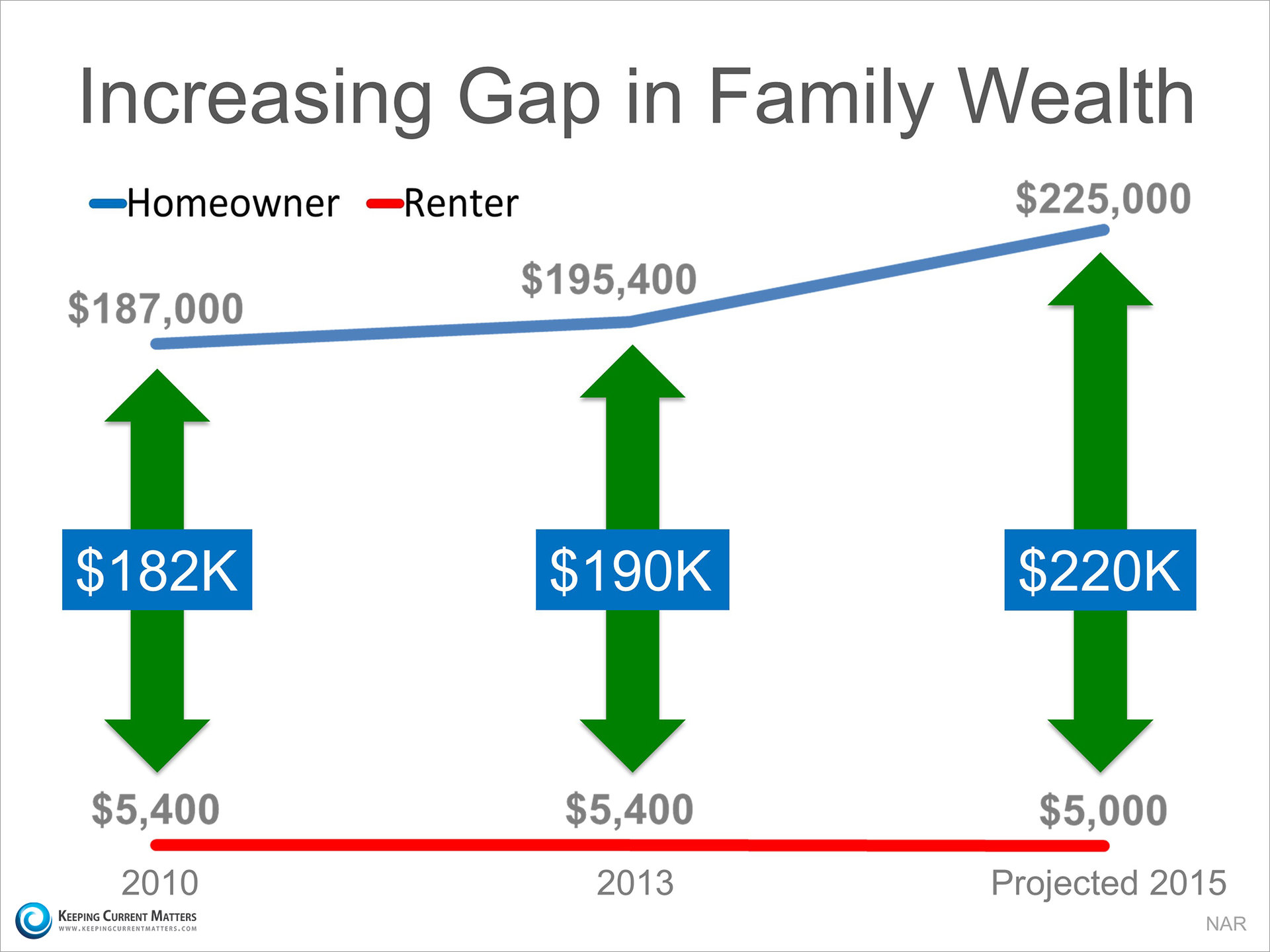Before
the first signs of winter arrive, take the time to insulate your home
against the coming cold season. Winterizing now, before the arrival of
frigid weather, means that when it’s truly frightful outside, you can
curl up by the fire and sip cocoa without disruption.
The following tips will help you keep the cold air out, the warm air in, and your home safe from storm damage.
1. Check out the chimney
Before hanging your stockings by the chimney with care, have it
cleaned and inspected by a professional chimney sweep. Creosote and soot
buildup, as well as other blockages, can lead to fires, so be sure the
chimney cap is intact, and your chimney liner, firebox, smoke chamber,
and damper are all in good working condition before you light the first
log.
2. Warm your water heater
If you’d like to save up to nine percent in water-heating costs, wrap
your water heater with an appropriately sized insulation blanket. Most
hot water tanks are installed in unheated areas of the home, such as the
basement or garage. The less a tank’s heat escapes into its cold
surroundings, the less energy it uses — and the more money you can keep
in your pocket.
3. Seal cracks and crevices
Before the chill sets in, make sure all the cracks and crevices in
your foundation have been filled to prevent your house from leaking heat
and sucking up extra energy. Expandable foams work well to seal gaps in
areas that are hard to reach or oddly shaped, or both.
4. Stop ice dams in their tracks
Before the first snow, take one last trip up to your roof to install
an ice shield (and maybe even your holiday lights, if you’re feeling
ambitious). Ice shields, available at your local home improvement
center, protect against ice dams — ridges of frozen water that form at
the edge of a roof and prevent melting snow from draining — ultimately
saving your roof from a whole host of seasonal problems.
5. Perform an energy audit
Schedule an energy audit with your local service provider to receive
an analysis of inefficiencies that you may have overlooked in your own
visual inspection. Some companies offer this service for free, but even
if yours doesn’t, it’s one walk-through that’s worth the investment.
This professional assessment can lead to upgrades that can lower future
energy bills by anywhere from five to 30 percent, according to the U.S.
Department of Energy.
6. Protect plants and shrubs
Ensure that your yard will still be intact after the season passes by
securing your plantings properly. Insulate and shelter the foliage
closest to your home from falling ice and snow by erecting a reusable
A-frame structure made from 2x4s and exterior plywood. Tall and narrow
greenery anywhere on your property could benefit from a simple twine
wrap around the middle to keep individual branches from breaking under
the weight of heavy snow accumulation. But snow isn’t the only winter
force to reckon with: Don’t forget to protect small shrubs from strong
gusts of wind by wrapping them with burlap and stapling the material to
stakes.
7. Trick out your thermostat
Are you ready to bring your home into the 21st century? Try a smart
thermostat. More than just smart technology, it’s an intelligent
investment. Many of the options on today’s market can detect when family
members return home, and modify the temperature accordingly —
increasing the warmth and comfort when you’re around, and lowering the
temperature when you leave. The intuitive settings alone trim energy
costs, and the availability of user-friendly, control-from-anywhere
features can simplify home life.
8. Install weatherstripping
Eliminate potential drafts before they become a problem, and keep
your indoor space extra cozy by sealing gaps around door and window
frames with weatherstripping. Install door sweeps, which can prevent
chills (and pests) from entering through the slim space underneath the
door.
9. Prevent frozen pipes
Frozen pipes — and the waterworks, mess, and property damage that
follow — top the list of the most formidable problems associated with
subzero temperatures. Avert this winter nightmare by employing
foam-rubber insulation to prevent the exposed metal from getting too
cold.
10. Start your ceiling fans
Ceiling fans aren’t just for use in the summertime — they’re also
effective in winter. In the warmer months, your fans should be set to
rotate counterclockwise for a cooling downdraft. Winter requires a
switch-up: Reverse the rotation so your blades spin clockwise to
distribute warm air back down. And while you’re up there flipping the
switch, it’s not a bad idea to dust a little, too.
11. Trim back trees
Large branches that loom over rooftops and power lines could cause
problems if they collect enough snow and ice during the winter storm
season. Overburdened, they may snap under the heavy weight, fall, and
seriously damage whatever lies beneath. Save yourself some hassle and
trim your branches back at the end of autumn to avoid these threats.
12. Replace furnace filters
The proper functioning of your heating system and furnace becomes
paramount during cold winter months, when it’s vital that you stay warm
and comfortable in your home. The starting point for regular maintenance
is easy: Change your furnace filters often. Dirty filters restrict
airflow and increase energy demand. Change fiberglass or paper furnace
filters every one to two months; an electrostatic or HEPA filter can be
cleaned or changed closer to every two to four months. If you stock up
on filters ahead of time, you’ll always have a supply on hand to keep
your energy system in tip-top condition.












 Why So Many People Ask This Question
Why So Many People Ask This Question







